September 2011, City Sense

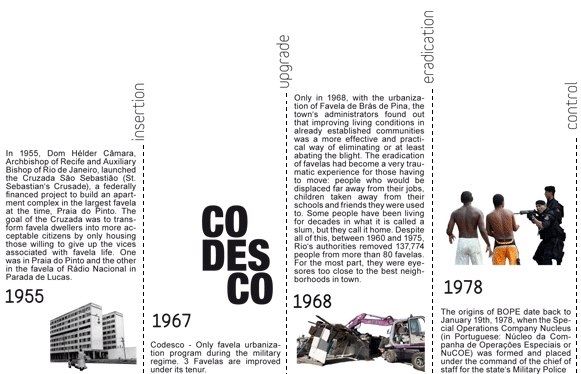
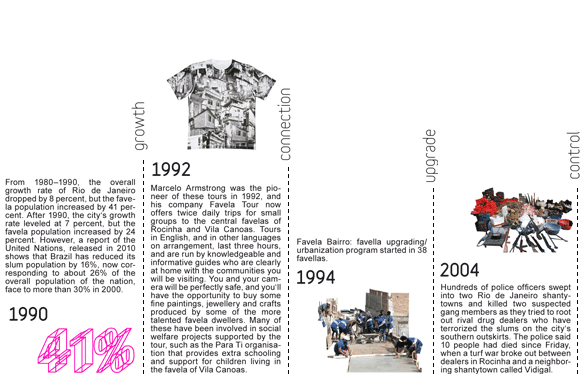
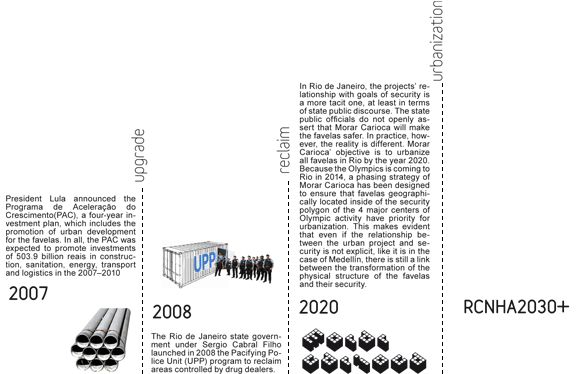

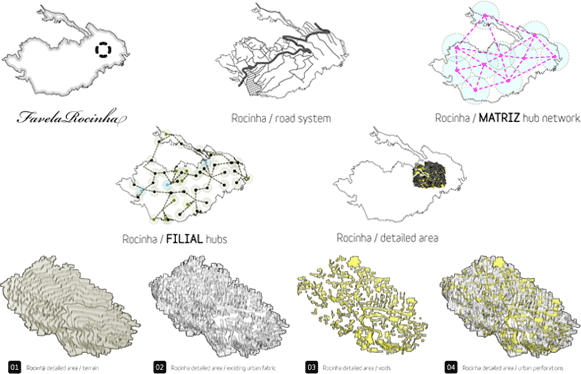
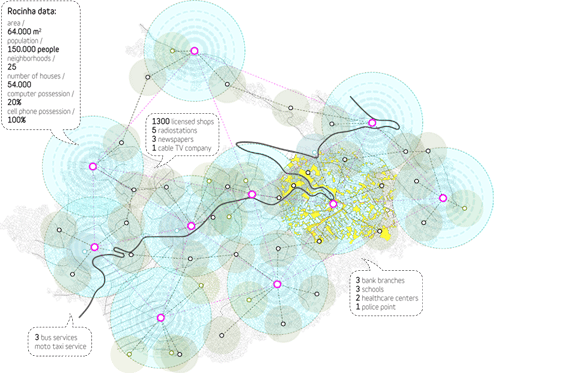

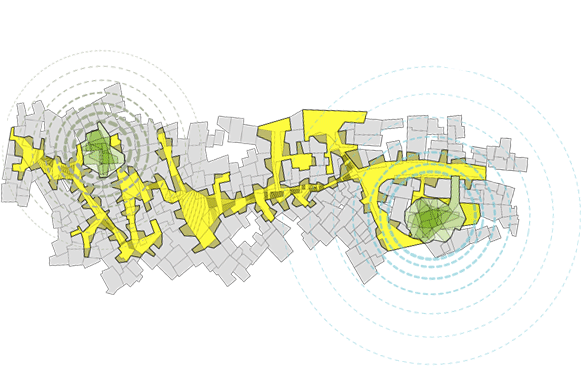
















4th advanced architecture contest, IaaC, barcelona, ES, 2011
international competition, 3rd prize (site: favela rocinha, rio de janeiro, BR)
team: martin lukac, peter malaga
RCNHA 2030+ envisions bright future of the favela Rocinha in Post-Olympic era of the Rio de Janeiro City, but at the contrary to the popular shallow-brained fantasies of antonymous (utopian-dystopian) speculative fiction body. Project aspires to link to the official, actual and near future development but also seek to reformulate and transform inconvenient or defected forms of contemporary urban upgrading practices.
As Jota Samper argues on ISR blog, in the case of informal settlements two main issues, poverty alleviation and urban violence, geographically intersect. Physical projects that are part of multi-sectoral upgrading are crucial to improve the quality of life while affecting condition of violence in the favelas.
Intention of the RCNHA 2030+ project is to create a NET structure (both physical and social) which equally covers entire area of the favela Rocinha and will cover up even areas on the fringe of the community. NET consists of Matriz hubs (big scale hub providing various facilities needed by local communities, supplemented with public activities and programs) which are connected both physically (infrastructure) and virtually (Wi-Fi). These nodes are supported by Filial hubs (smaller scale hubs), located at the Matriz hubs perimeters, deeper in dense urban patchwork. Such synapse connections transform back alleys and reinforce human activities and movements of the people in the street level where the ground floor space could be extended and opened to the street to create amount of new and diverse commercial and semi-public activities. Energy cycles: Water harvesting (rain, fog), Solar Energy Collection. From single dwelling, through Filial hubs to Matriz hubs and back creating a sustainable network which collects, storages and distributes resources according to the community needs within NET structure.

























































